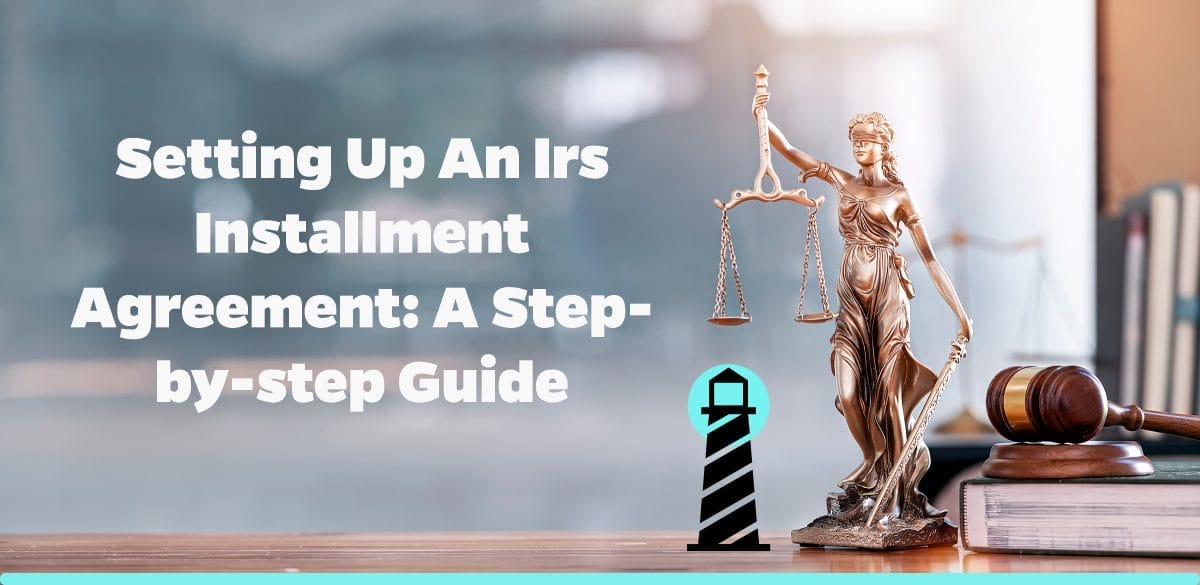Understanding the Installment Agreement Process
An installment agreement with the IRS functions as a payment plan allowing individuals to pay off their tax debts over time. Rather than paying a substantial lump sum, taxpayers can make manageable monthly payments. These agreements are an essential component of the tax management process provided by Brightside Tax Relief, and they’ve been instrumental in assisting countless taxpayers in resolving their IRS debts.
Eligibility for an IRS Installment Agreement
The initial step toward setting up an installment agreement is identifying if you are eligible. The IRS provides this option to taxpayers who cannot pay their tax debt in full but have the financial capacity to make monthly payments. In order to qualify, individuals must:
– Be current on filing all necessary tax returns
– Owe $50,000 or less including interest and penalties
– Be able to pay off the debt within 72 months
– Have not had an installment agreement in the last five years
In some cases, the IRS might still approve an installment agreement if you do not meet these criteria. However, you must provide detailed financial analyses and projections to support your request.
Deciding on a Payment Amount
After confirming eligibility, it’s time to decide on a monthly payment amount. Your payment should be an amount you can consistently afford to prevent defaulting on your agreement. The IRS typically expects the debt to be paid off within 72 months. Hence, your payment amount should at least cover your total tax debt divided by the 72-month period.
Applying for the Installment Agreement
Once you’ve confirmed eligibility and decided on a payment amount, the next step is applying for the installment agreement. The application can be made online using the IRS Online Payment Agreement Tool, or by mail using IRS Form 9465, the Installment Agreement Request form.
Paying Your Installment Agreement Fees
Along with your application, the IRS requires a setup fee for installment agreements. Your income level and method of application determine this amount. Fees can range from $31 for low-income taxpayers applying online to $225 for higher-income taxpayers applying by mail.
Following the Installment Agreement Rules
When your proposal is accepted, the IRS will send you a notice outlining your agreement’s terms. Following these guidelines is crucial to avoid defaulting your agreement. The rules typically mandate:
– Making regular, on-time payments
– Filing all future tax returns promptly
– Paying all future tax bills in full
– Keeping the IRS informed of any changes to your financial situation
Indications of a Default on Your Agreement
Defaulting on an installment agreement can lead to severe consequences, including penalty charges or immediate demand for the full unpaid balance. It’s essential to know what actions might lead to a default, such as:
– Failure to make regular, on-time payments
– Neglecting to file future tax returns in a timely manner
– Failing to pay future taxes in full while under the agreement
Conclusion: Seek Professional Support for Your Installment Agreement
Setting up an installment agreement with the IRS can be a valuable resource in tackling your tax debt. However, the complexities of tax law and IRS guidelines can be challenging to navigate alone. Engaging the services of a nationwide tax relief company like Brightside Tax Relief can ensure a smooth installment agreement process, providing you with the necessary expertise and support throughout your journey to tax resolution.




